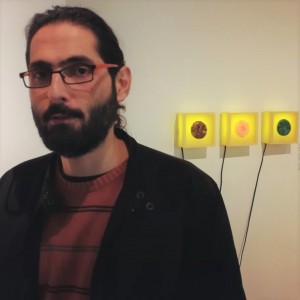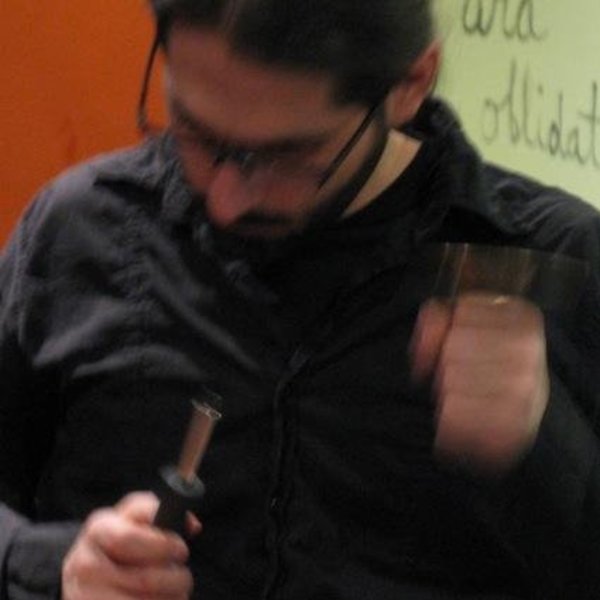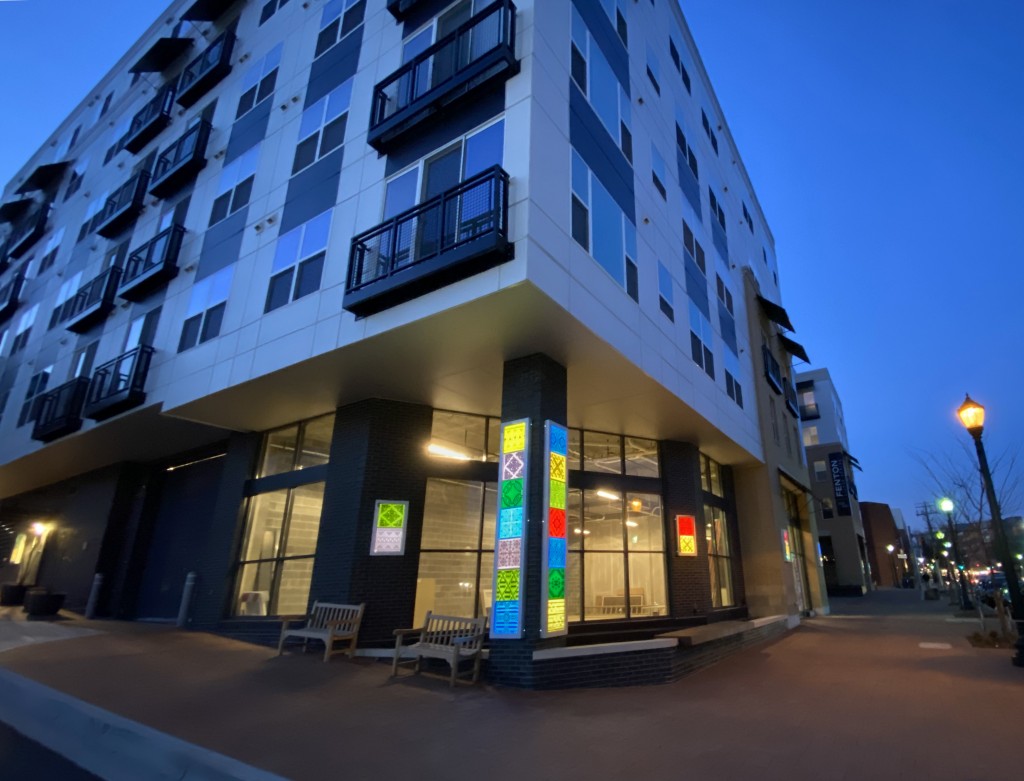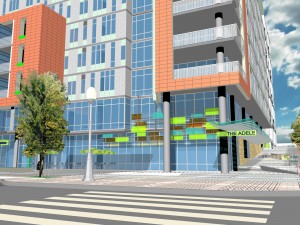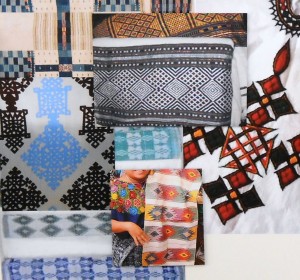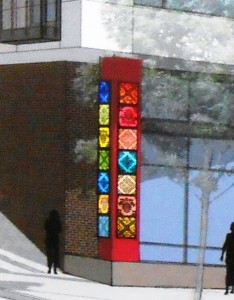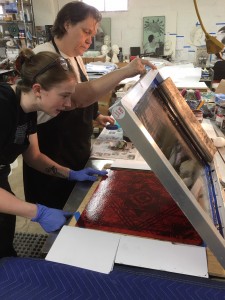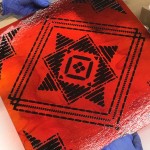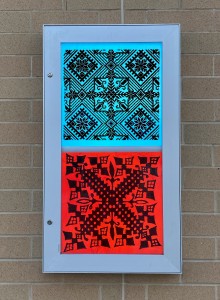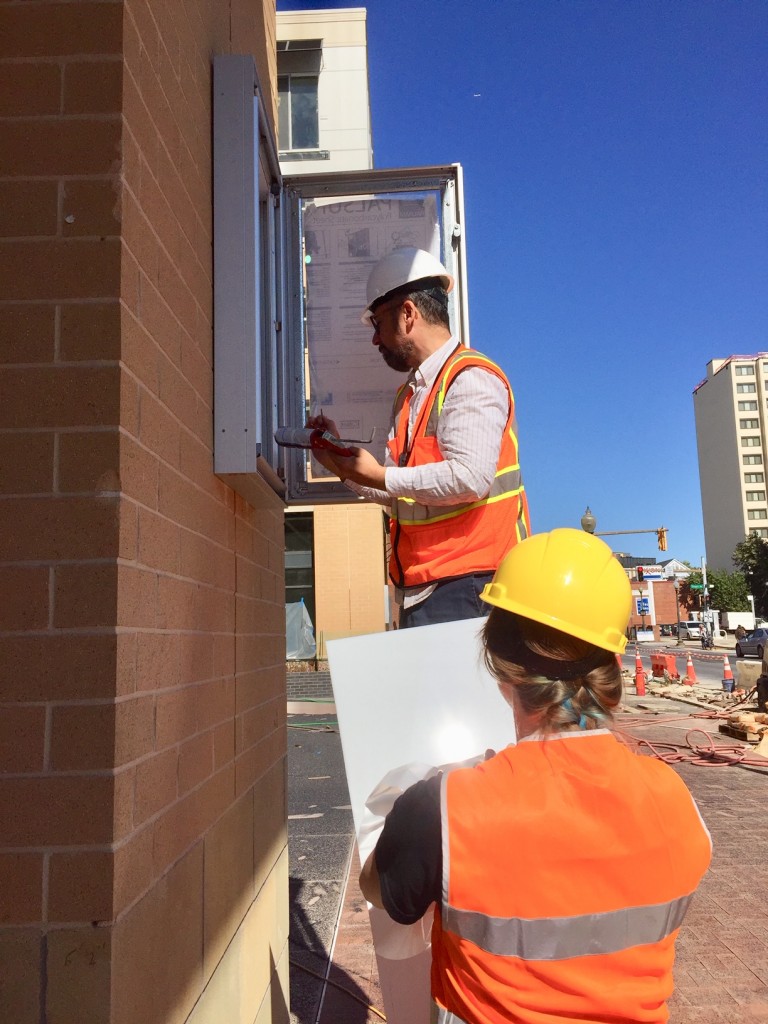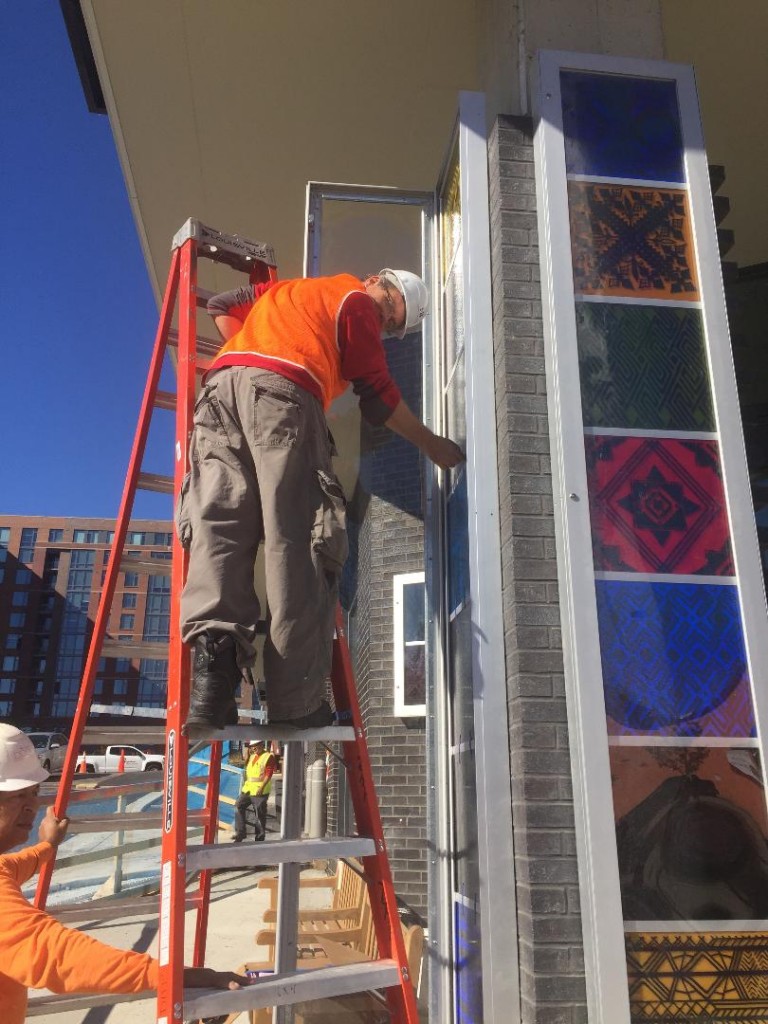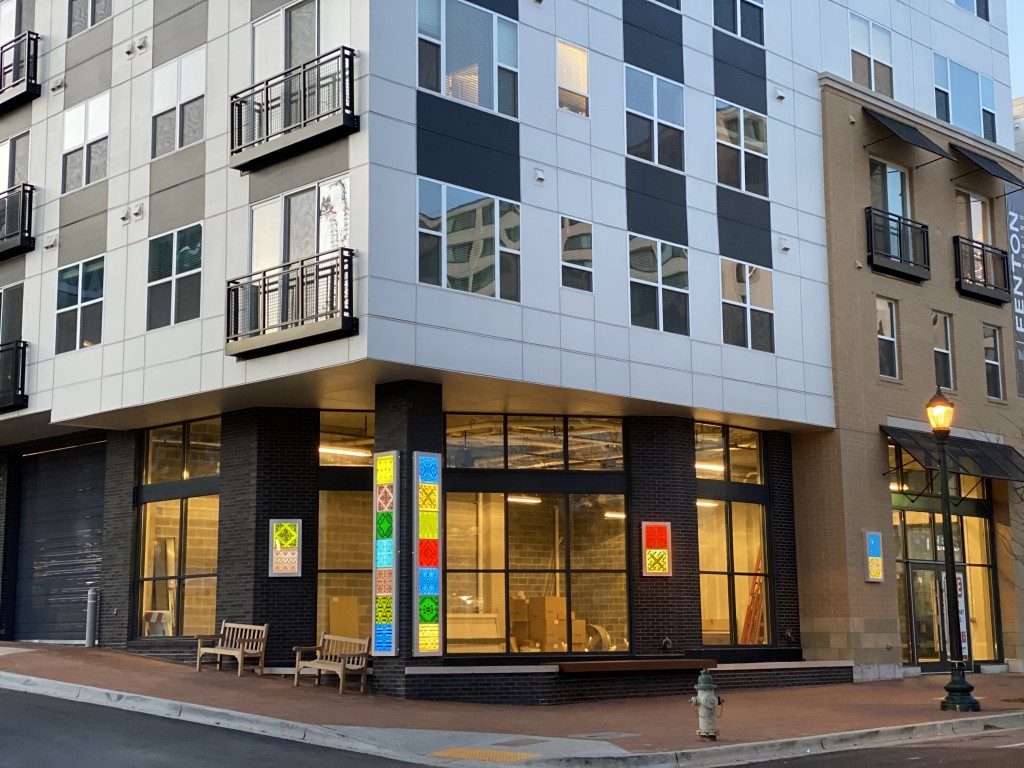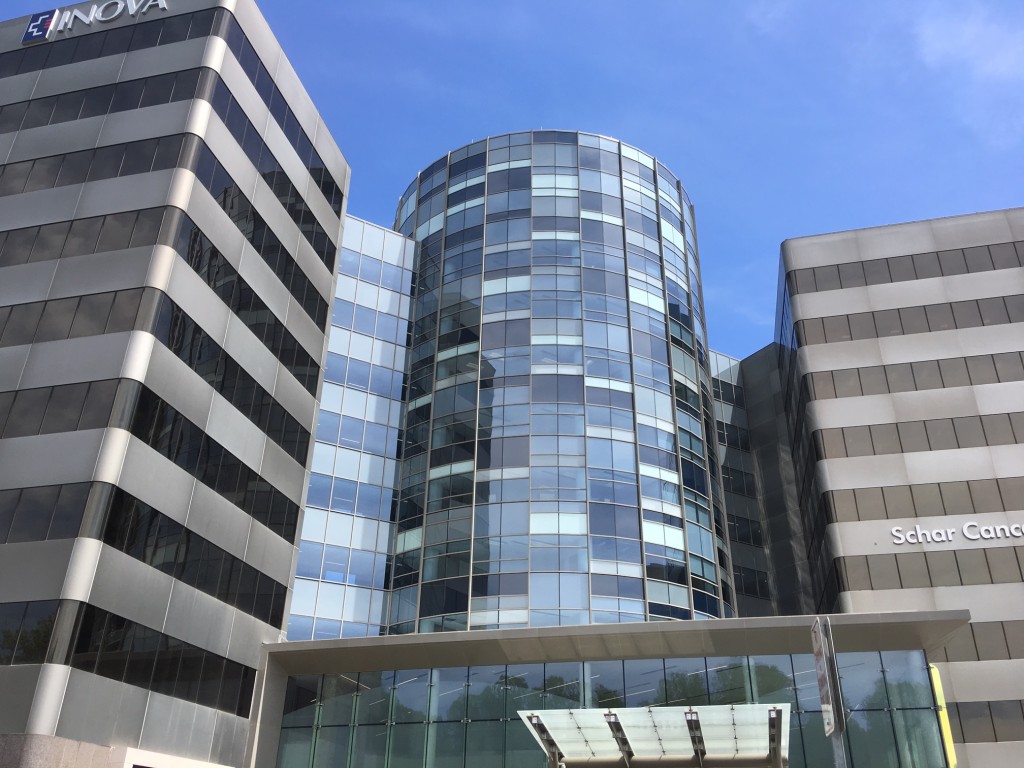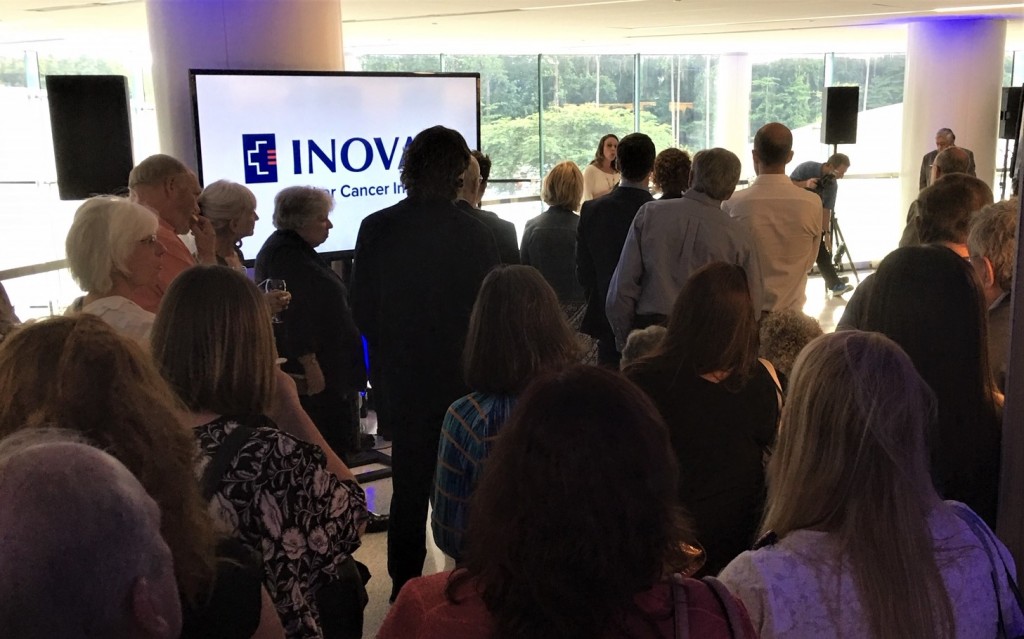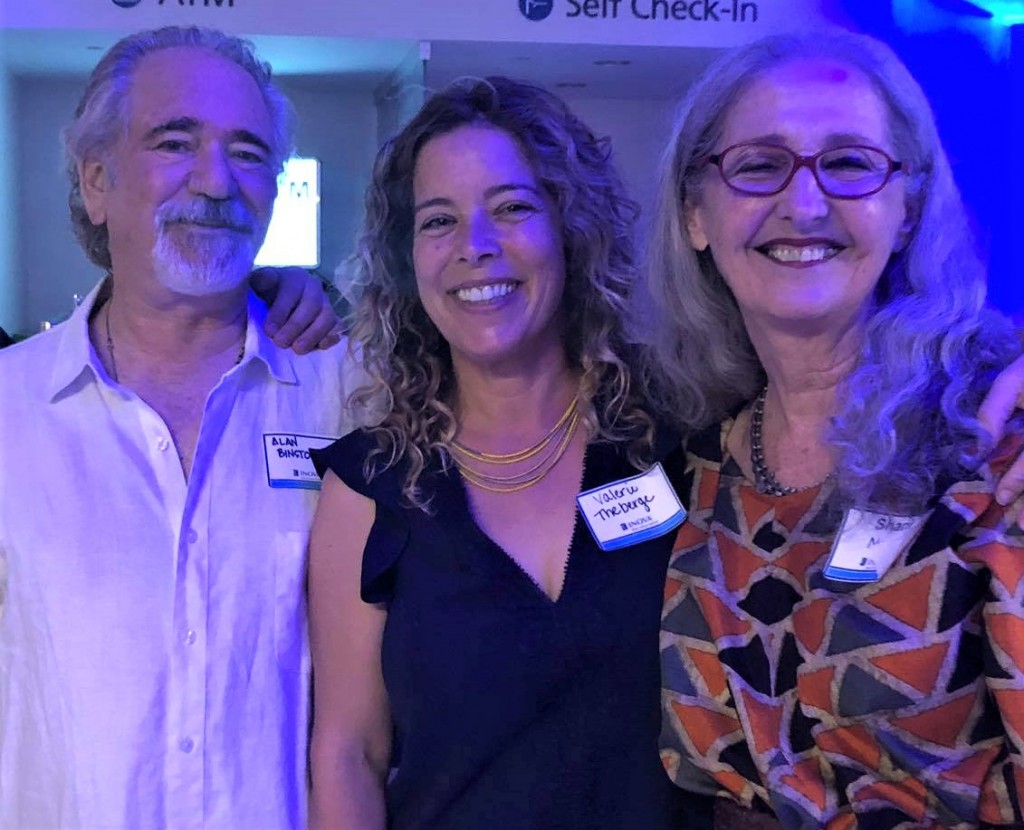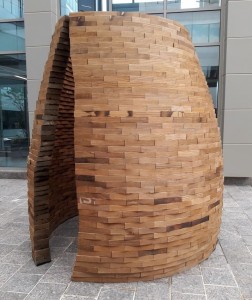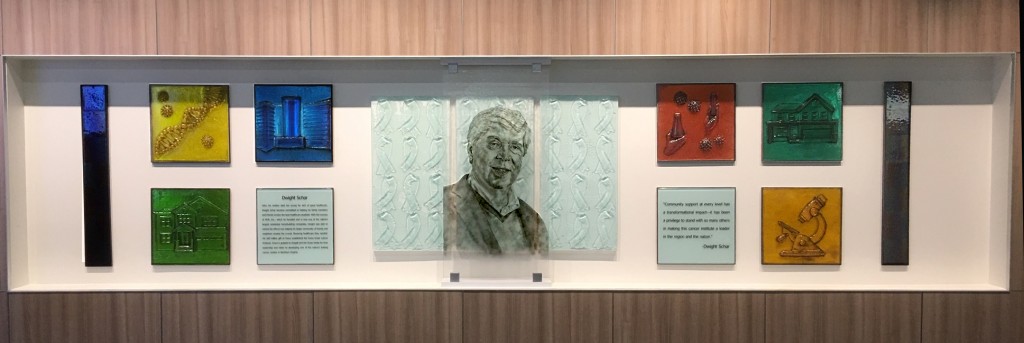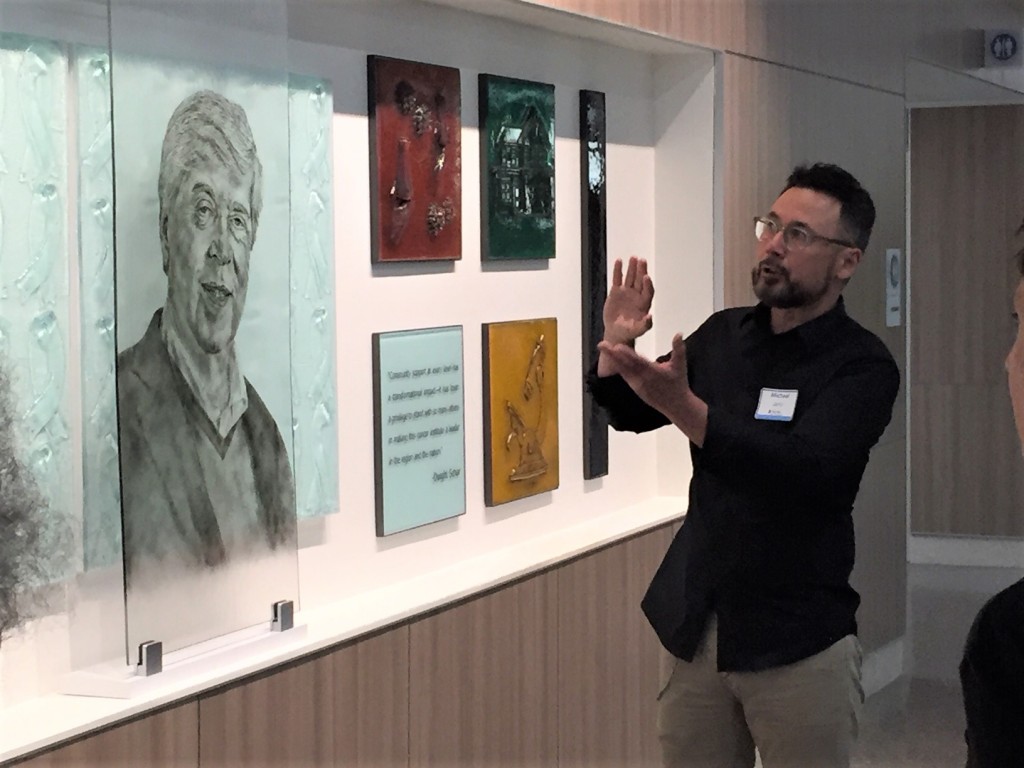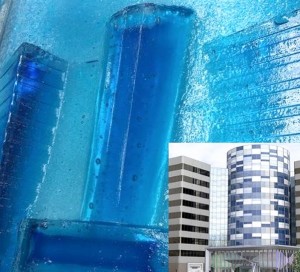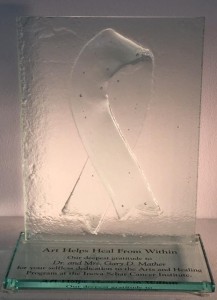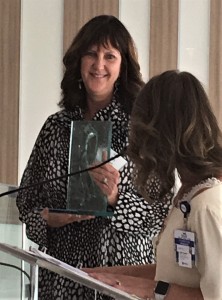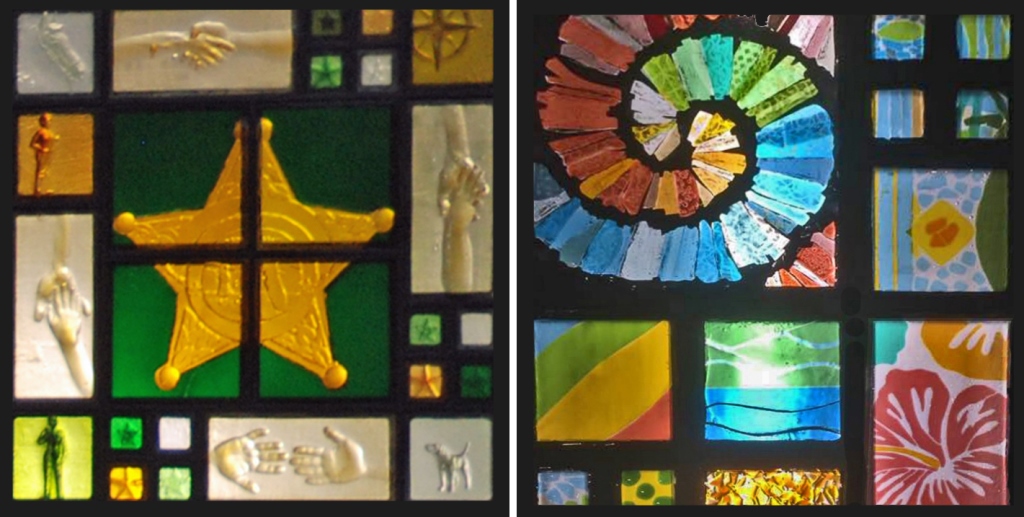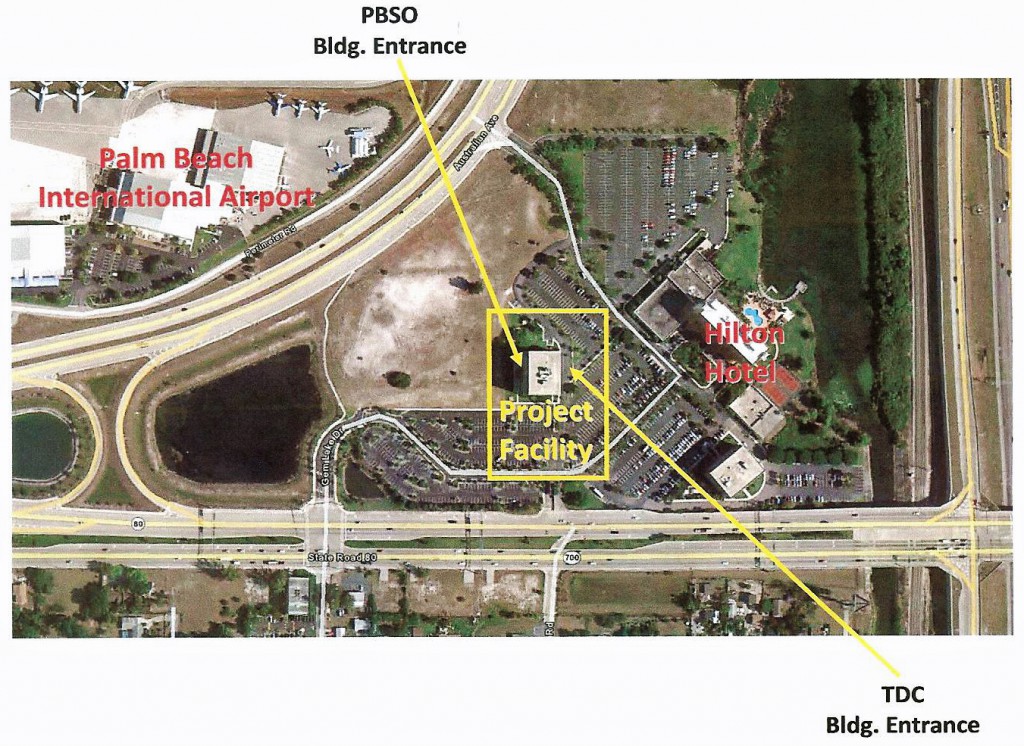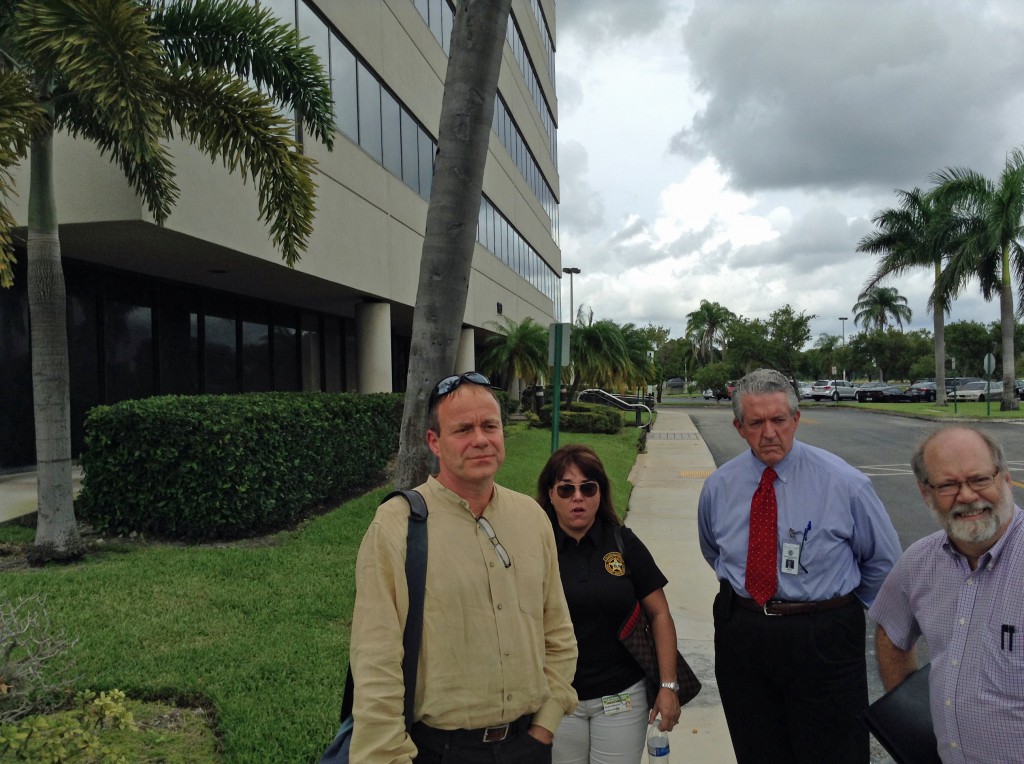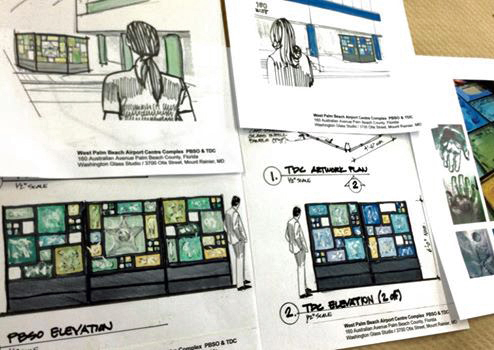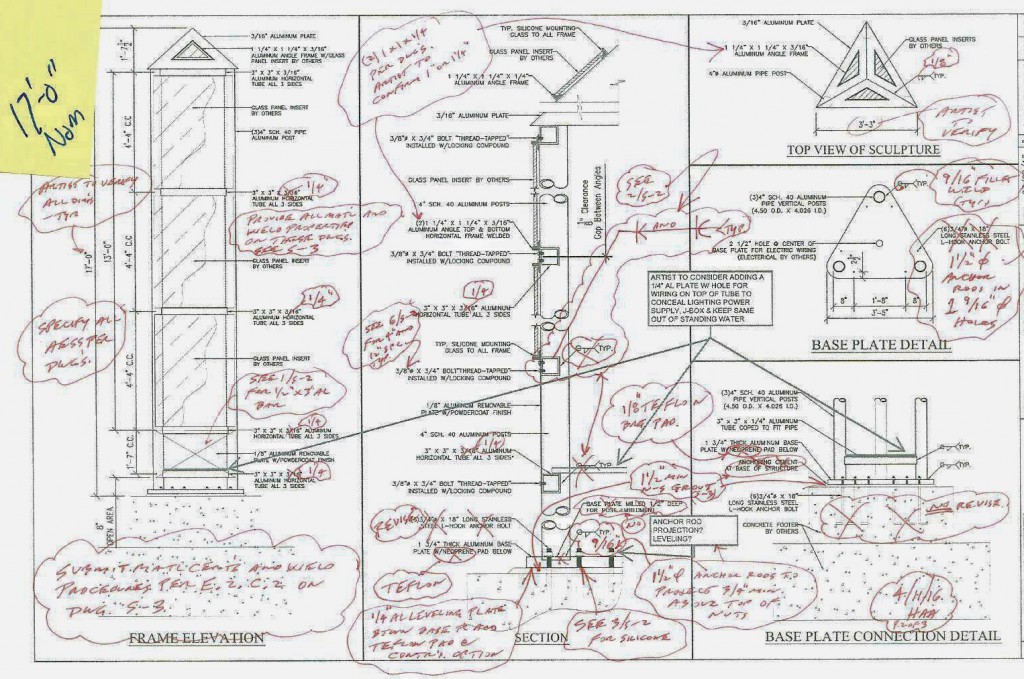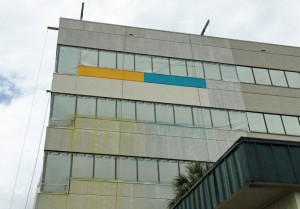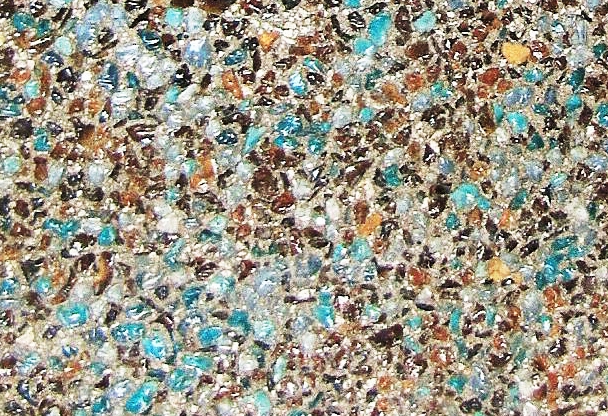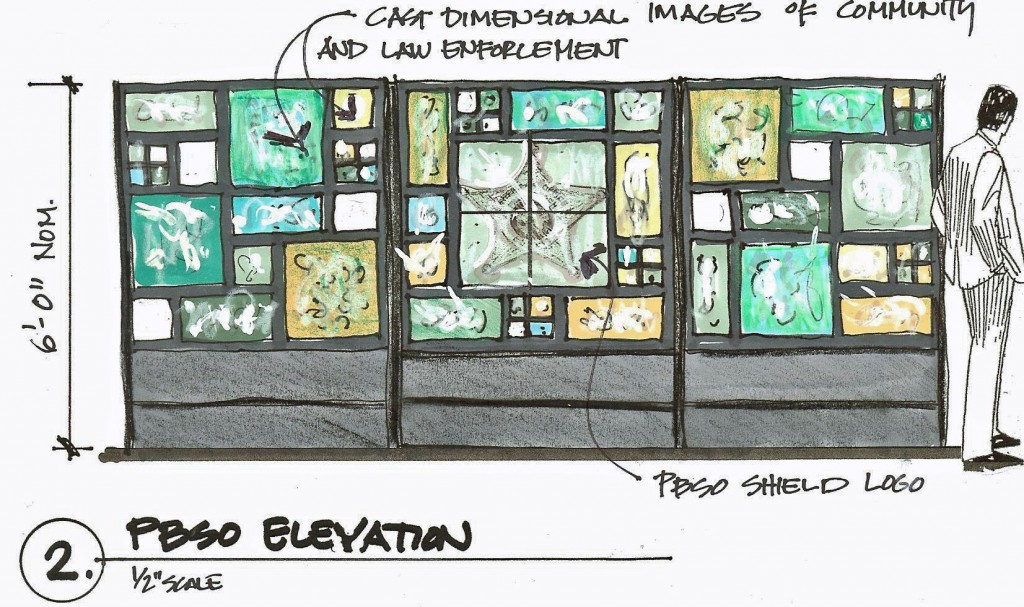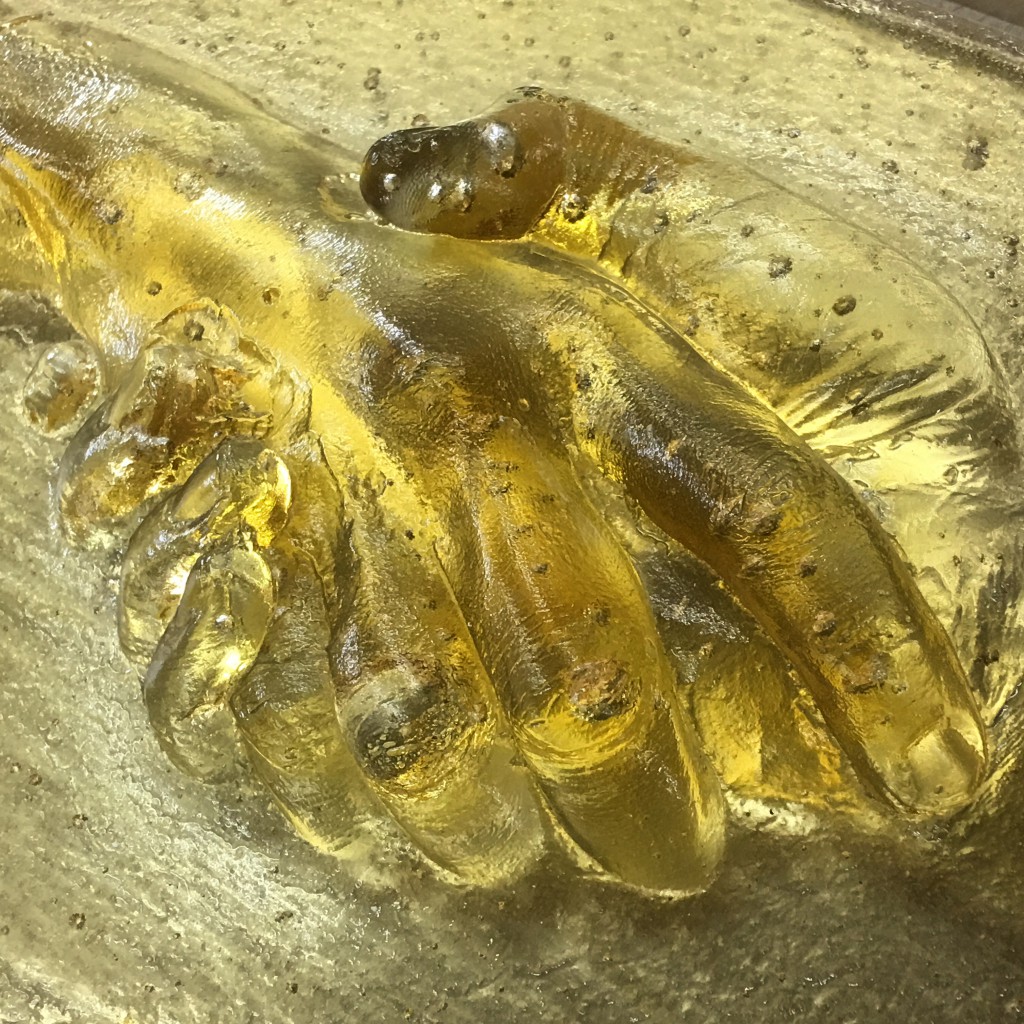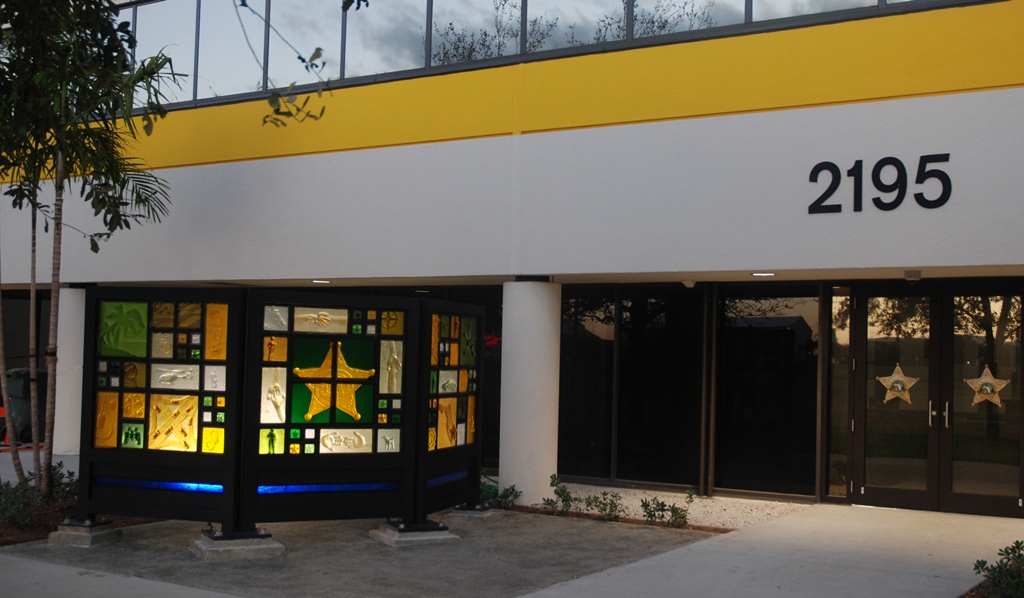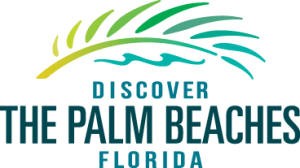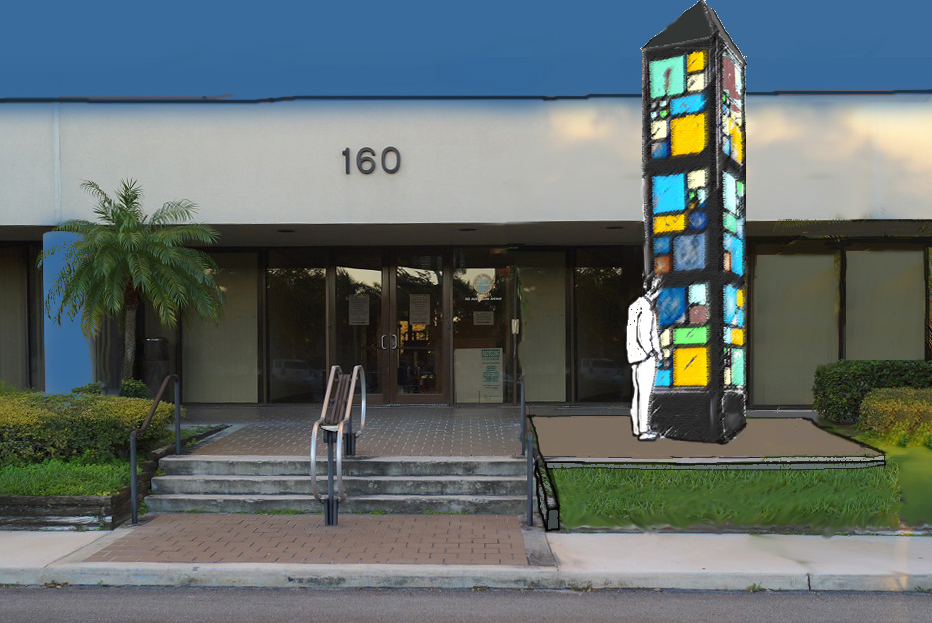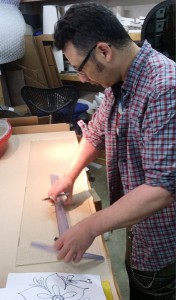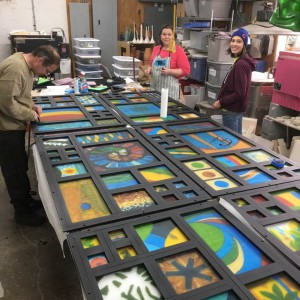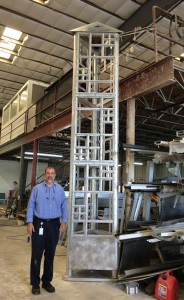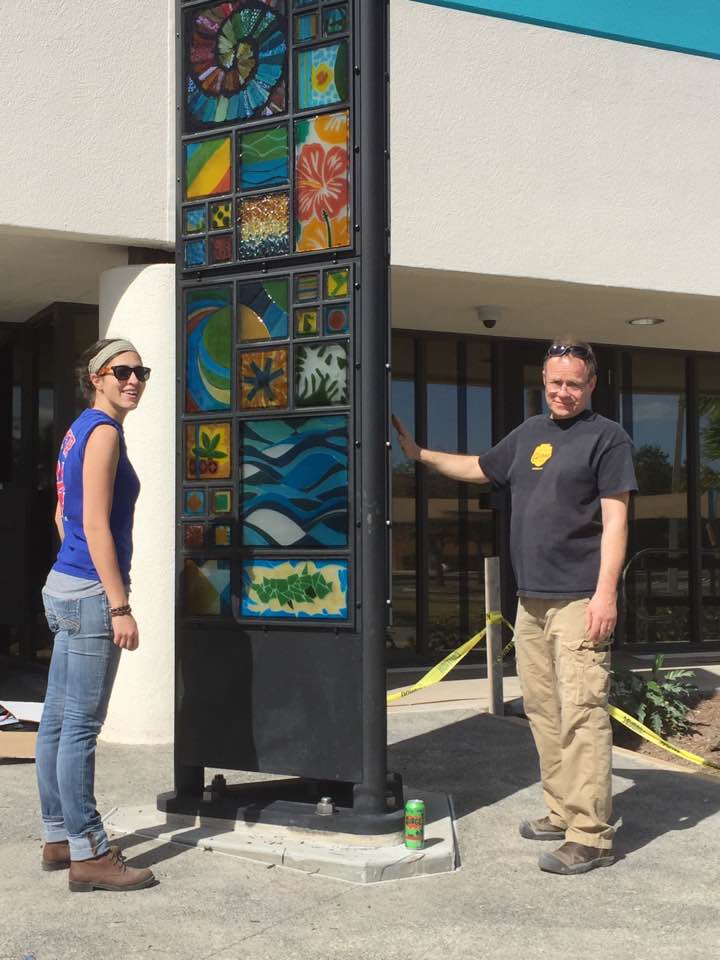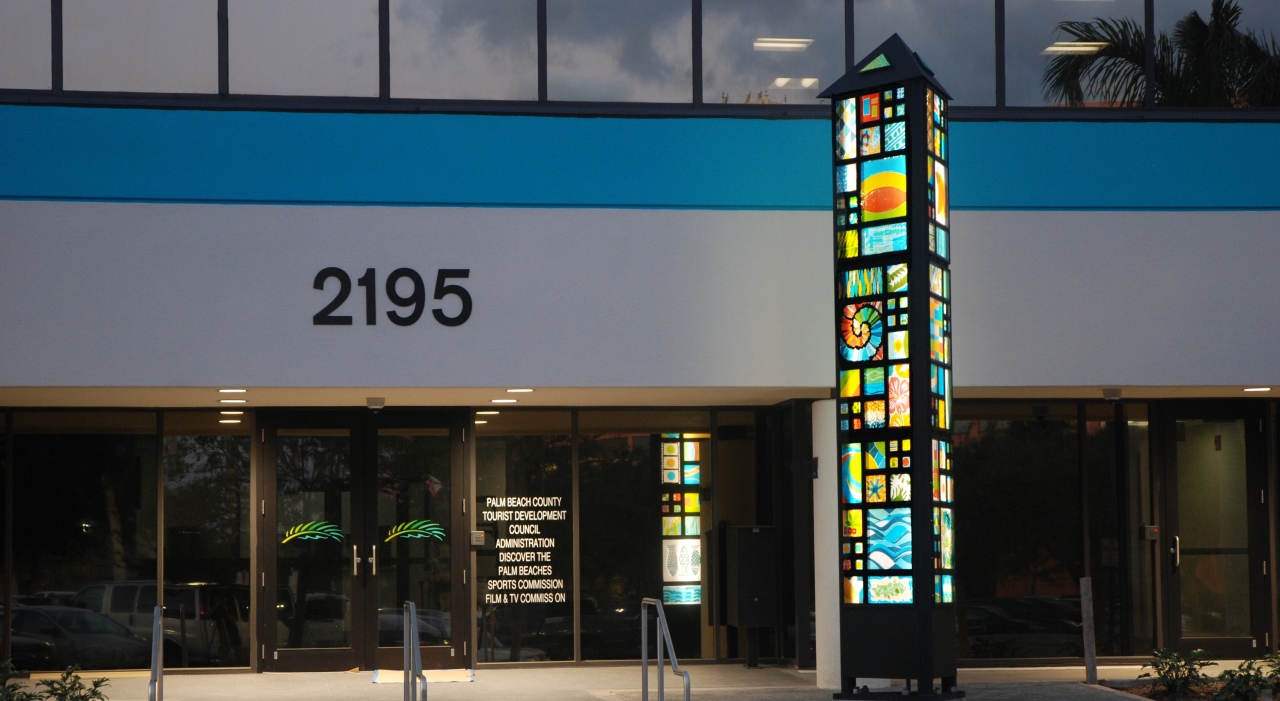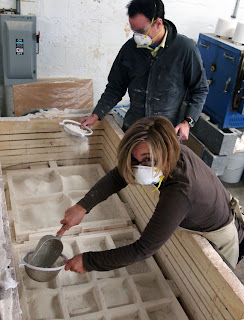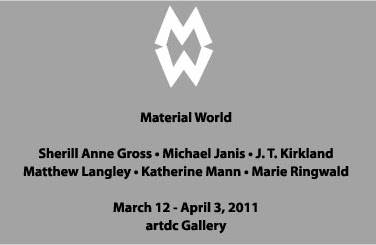CLICK IT! Featured Artist: Steve Wanna
Steve Wanna is a multi-disciplinary sound and visual artist whose work includes music, sound design for dance collaborations, sculpture, installation, photography, and works for mixed media. Born and raised in Lebanon, he immigrated to the United States with his family as a teenager, eventually receiving a doctorate in Music Composition from the University of Maryland in 2004.
Steve’s work is driven by his belief that under the right conditions beauty can emerge without the need for direct intervention. He creates abstract, experimental fixed works and installations in a variety of mediums and formats that include sound, 2-D work, sculpture, video, and photography. His work is informed by the principle of emergence as defined in systems theory and Buddhism. His process often involves an element of controlled randomness, taking great care to prepare the initial conditions for a process whose final results are largely out of his control.
As a composer and sound artist by training, the perception of the passage of time is a strongly recurring theme in Steve’s work. Whether sonic or visual. he creates fixed works and installations that deal with mainly three different manifestations of this concept: fixed works that represent or capture a single moment in time, fixed works that are the result of a long process, and works that are themselves processes in perpetual unfolding.
Washington Glass School blog catches up with Steve as his work is part of the WGS Contemporary online exhibit “CLICK-IT!”
Washington Glass School (WGS): Describe your artwork method/process.
Steve Wanna: As an experimental artist, I don’t have one set process in place. My work and process depend on the idea underlying a project and the materials in use. My inspirations vary from the literary to the scientific. I often have to invent new techniques for using materials in unconventional ways to realize my ideas, and I like the work to embody that process. My approach can be described as contained chaos, and most of my work hovers at the boundary between control and disorder: I carefully create containers or frameworks in which I then allow some process to unfold, almost completely unhindered. There’s an element of controlled randomness that allows processes and materials to come together to directly shape the final work, without constant intervention from me.
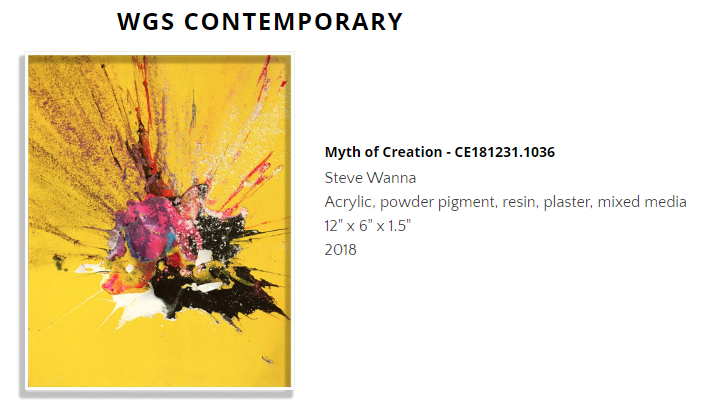
Steve Wanna, “Myth of Creation – CE181231.1036″, Acrylic, powder pigment, resin, plaster, mixed media; 12″ x 6″ x 1.5”
I can describe the process of one of the works currently on offer. It comes from an ongoing series called Myths of Creation. Each work in the series is a record of a unique event, an instant of time, forever frozen. The idea was inspired by images from NASA’s Hubble Telescope of cosmic events like supernovae: what we see are records of ancient events that occurred eons ago but still have impact and immediacy. I wanted to capture that feeling. Each work is made by exploding various materials onto a prepared board. The resulting explosion becomes the work—each piece is a record of the very instant of its creation. The titles, which bear the date and time of the event, reflect this. The works are fixed finally in clear cast resin, which adds a depth and enhances the sense of these works as frozen moments of time, records of specific, cataclysmic events.
WGS: Describe your work in the show and highlight aspects that the viewers should understand about the work.
Steve Wanna: I have four works in this show that come from three different series, including, Myths of Creation, which I describe above. One thing that is difficult to convey in photographs is the depth and impact these pieces have. There’s a three-dimensional, sculptural quality that isn’t immediately obvious—the materials aren’t flat on the board but have texture and depth, and the cast resin enhances that. It’s also important to understand that when I create these works, I experience them as a viewer: each time I make a drop I don’t know what the result will be exactly and the work is being created anew for me. I find this an incredibly exciting and addictive feeling.
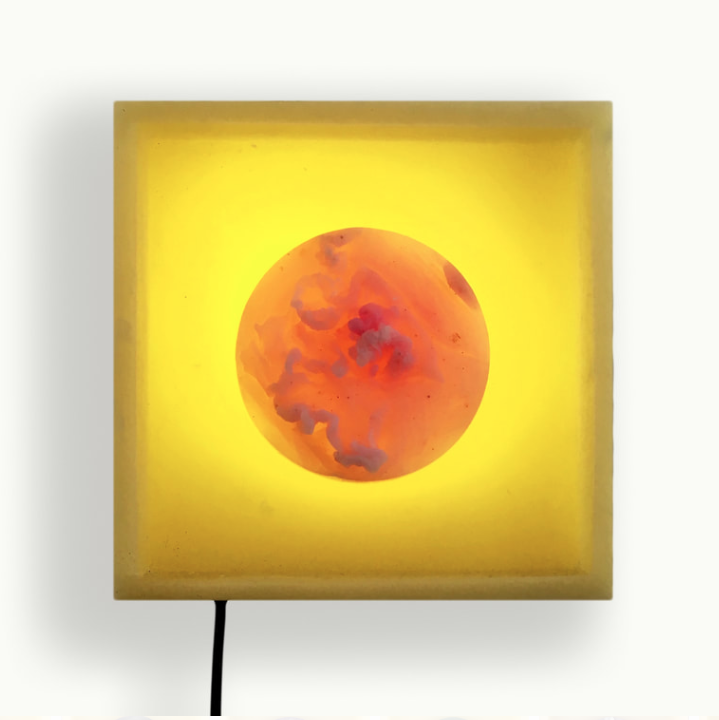
Steve Wanna “…she who makes the moon the moon” – Scape #4″, synthetic wax blend, paint, LED light, mixed media;6.25″ x 6.25″ x 3″
WGS: How have you handled the COVID-19 lockdown? How have you adapted?
Steve Wanna: I ended up catching the virus very early on, around mid-March, when very little was known. I struggled to get information and a test, but was lucky in that I didn’t require hospitalization. I had a range of symptoms that all cleared up eventually, except for two that lingered—some persistent weakness in smell and taste.
Like many artists, I wasn’t able to do much creatively. Free time isn’t helpful when it’s filled with anxiety and uncertainty on a global, national, and personal level. I’m hoping to get back into the swing of things soon, even though we still don’t have a clear path forward with this pandemic. But I do feel a sense of urgency to move one with life and try to figure out what things might look like in the future.
WGS: If you were not an artist – what would you be?
Steve Wanna: I’m a composer by training and only recently went into visual art full time. I almost went into architecture, which I suppose is close to art. I also have a fascination with material sciences, physics, and philosophy. I still fantasize about being in a filed that somehow combines all those. Art comes pretty close. If I weren’t an artist I would still have to be involved in some creative activity. I don’t think I would know how to exist without that. I cook a lot and I relate to cooking in very much the same way: I like to experiment and see what happens. I think I’m addicted to discovering new things through play and experimentation and to making stuff.
WGS: Do you do a lot of planning in your work – or is there an element of chance while working?
Steve Wanna: Both. All my work has an element of chance or controlled randomness, but I’m also a very careful and meticulous planner. My personality is not impulsive and I’m even a bit of a control freak and that spills into my art practice. I use randomness as an antidote to being overbearing when it comes to making art—it helps get me out of the way of the work.
WGS: What is your rule of thumb in determining when a work is finished?
Steve Wanna: Most of my work relies on a process that I carefully put in place specifically to get me out of the way of having to make decisions like that. It’s a different way of thinking but I’ve found it to be more relaxed and open. It creates enough space to allow me and the work to coexist happily. The work is usually finished when the process is complete. I may have to make additional adjustments or modifications, but I try to stay true to the work and not insert unnecessary distractions into the work or my thinking.
